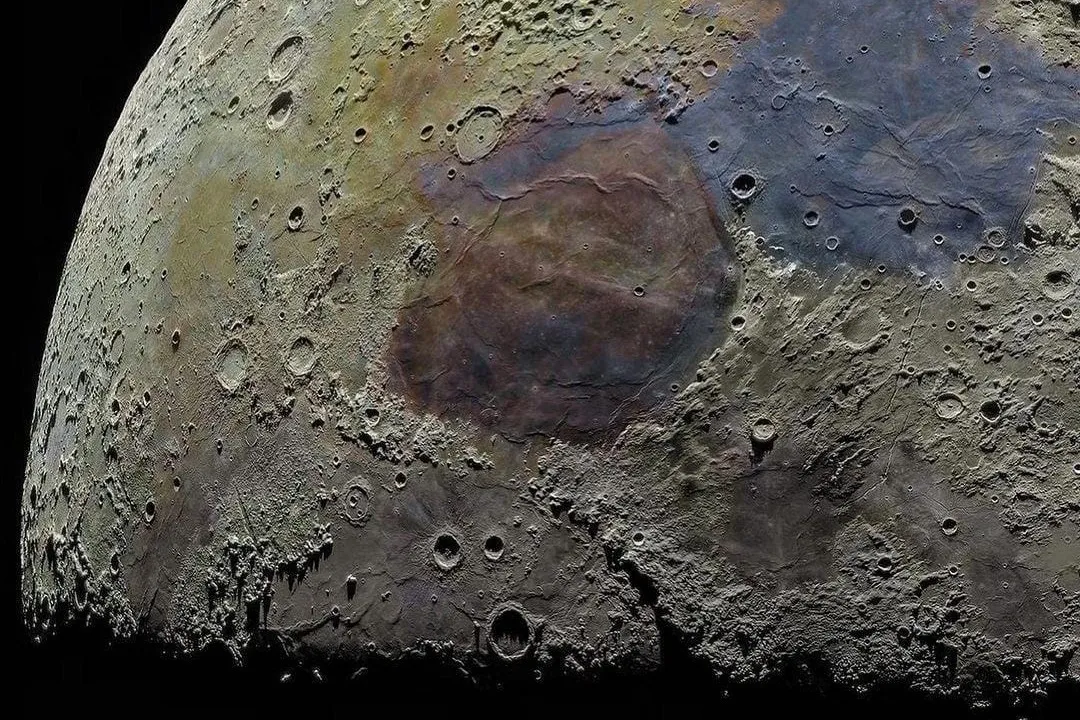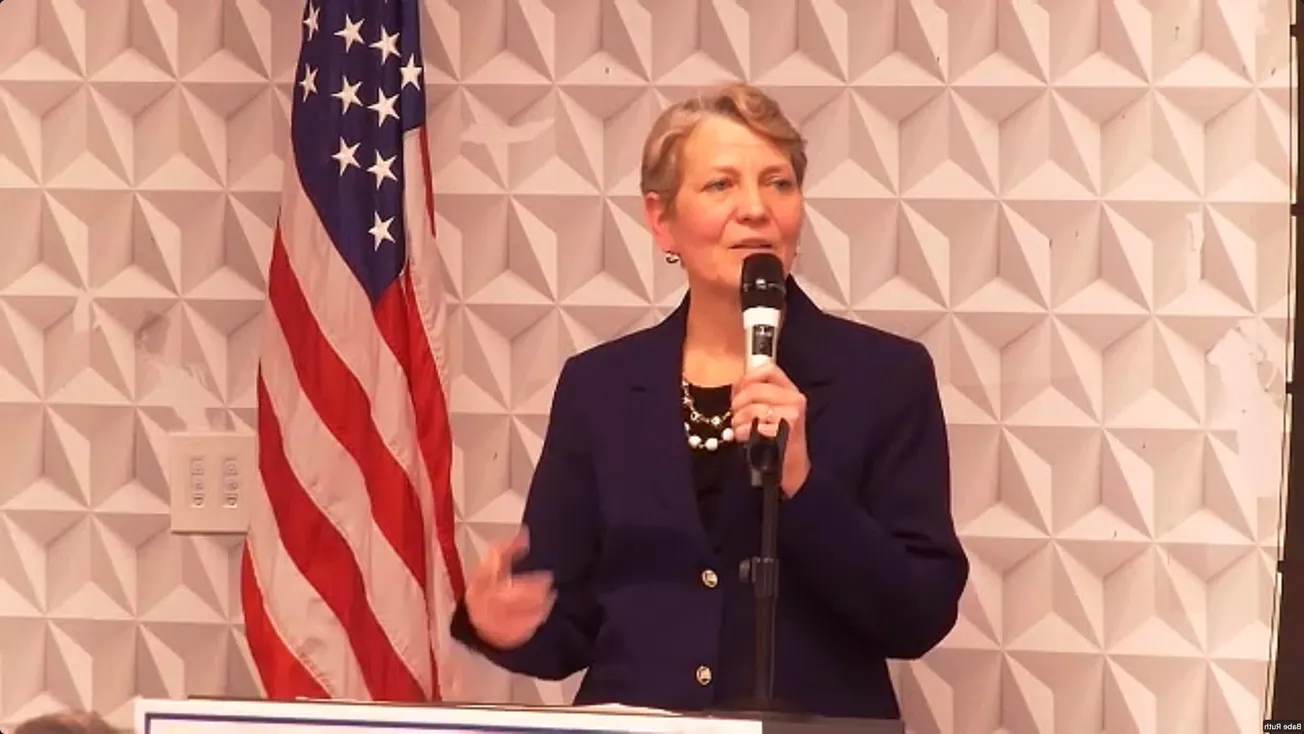Rosatom-Additive Technology (RusAT) Director-General, Mikhail Turundaev has announced RusAT’s plans to launch full production of additive manufacturing (AM) equipment by the end of 2021. He expects to have a turnover of RUB300 million (US $ 3 million) from this business by 2030, World Nuclear News reported. RusAT is a subsidiary of Russian nuclear fuel manufacturer TVEL, which is itself a subsidiary of Russian state nuclear corporation, Rosatom.
The Additive Technology Center (ATC) is equipped with 3D printers of Rosatom’s own design and production, such as Rusmelt 300M, Rusmelt 600M and Rusmelt 600RM for printing with metal powders using selective laser melting technology (SLM). These printers run on Russian software and have parameters and characteristics that meet international standards, TVEL said. In addition, the Rusmelt 600M printer has a 600x600 mm construction area, which allows the printing of products with dimensions for SLM-technology. The ATC will later house complex machines for 3D printing with metal powders and photopolymers using selective laser sintering and stereolithography.
Stereolithography is a form of 3D printing technology used for creating models, prototypes, patterns, and production parts in a layer by layer fashion using photochemical processes.
The links between RusAT and Russia’s nuclear energy market suggest that the AM technology currently being developed and deployed will fold into nuclear production capacity. American researchers and businesses have, for example, used AM to build nuclear reactor parts. Researchers at the Oak Ridge National Laboratory recently printed a reactor core, 3D Printing Media Network noted.



